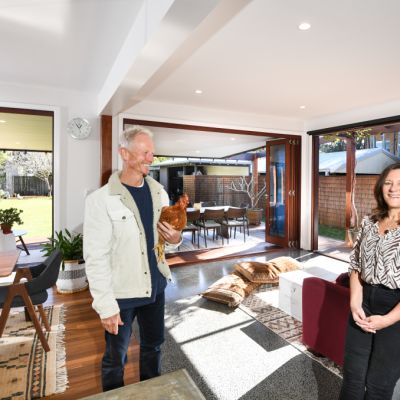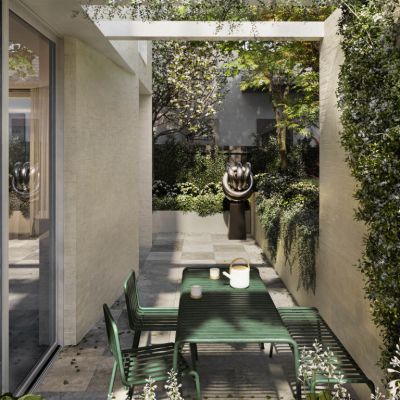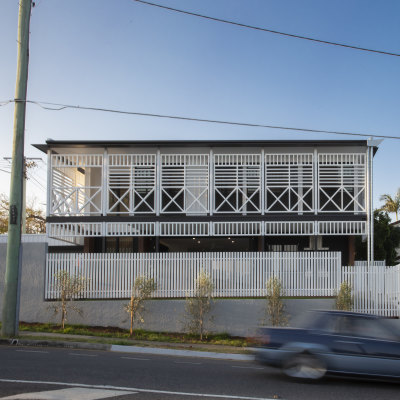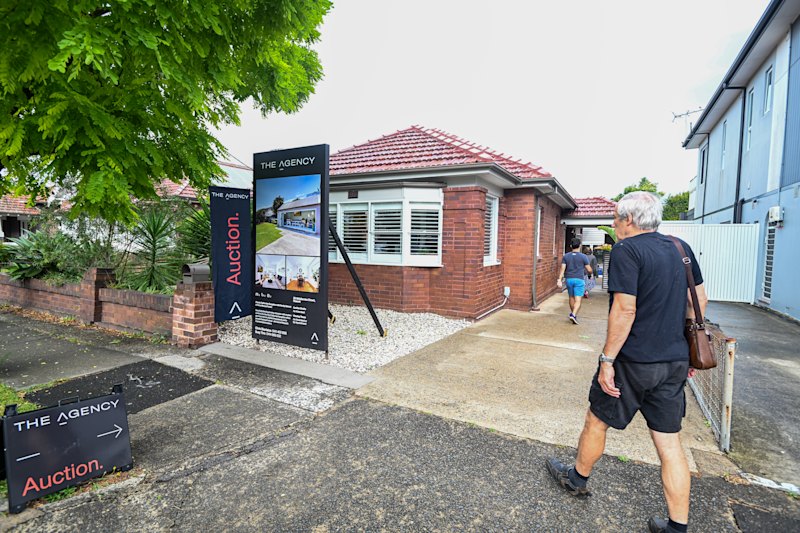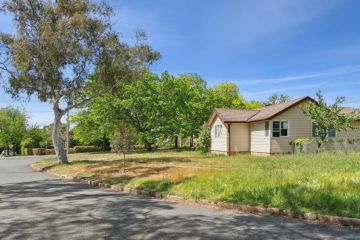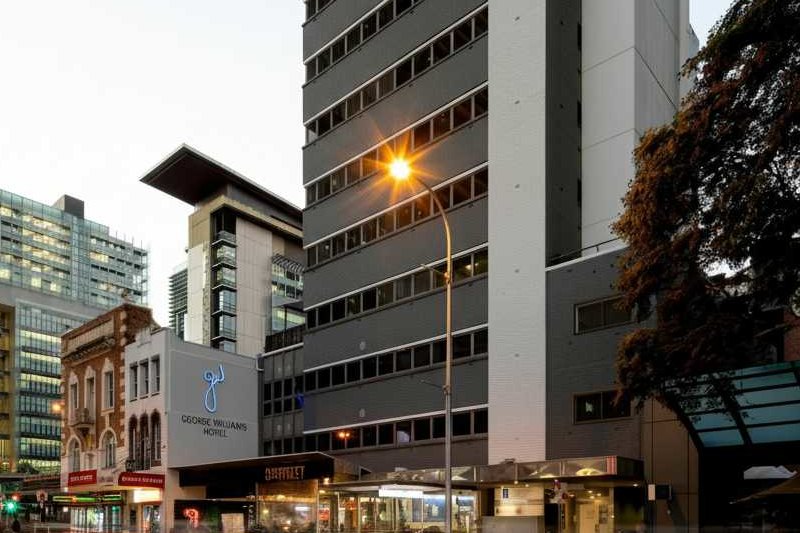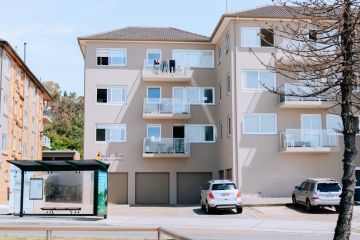The simple changes that could cut your home energy usage by 25 per cent
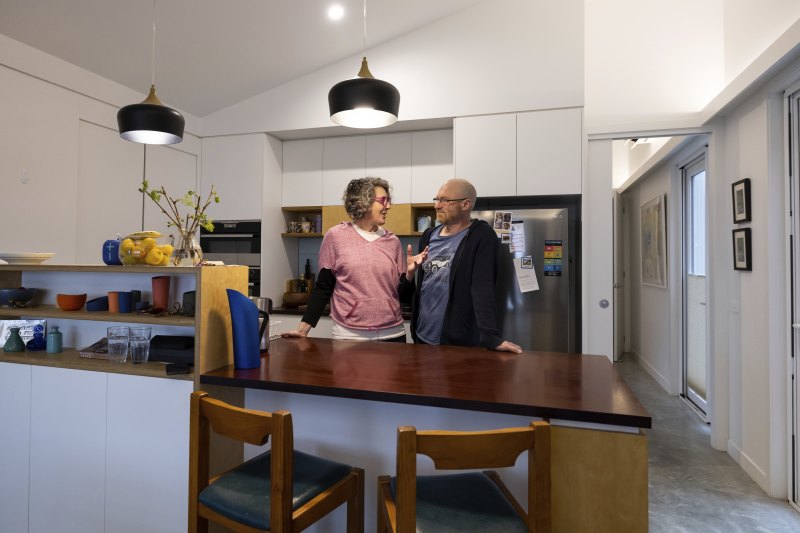
More homes are set to be built with better insulation, light-coloured roofs and double-glazed windows under new rules that require a seven-star rating for home energy efficiency.
North-facing windows can also make a house more energy efficient by capturing winter sunshine, while west-facing windows are best kept to a minimum or at least shaded by awnings or trees on hot summer afternoons.
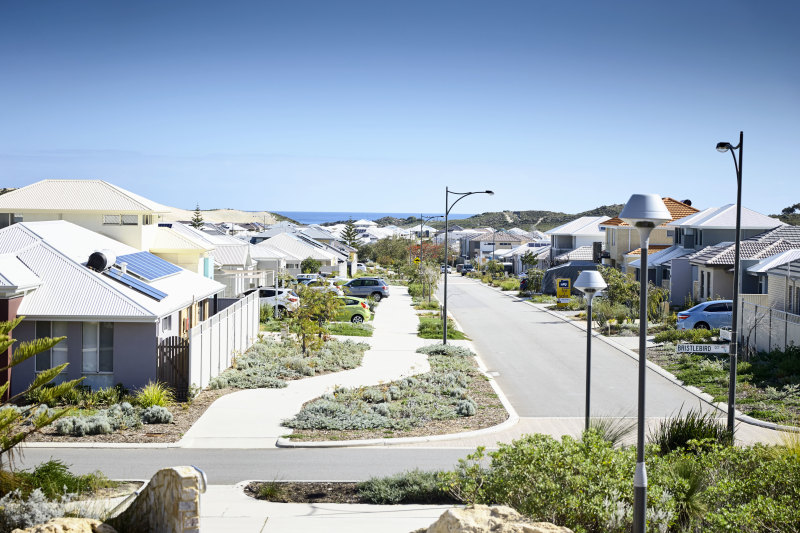
Newly built homes will have a minimum seven-star energy rating under changes agreed last week to the National Construction Code that experts say will cut home energy bills.
While the seven-star standard focuses on the building shell, a separate change will also recognise the inclusion of energy-efficient appliances such as hot water systems or heating, or rooftop solar panels.
There is no checklist of features to create a seven-star home and the requirements can vary based on whether it is in a cool climate, and needs heating, or a hot climate, and needs cooling.
Instead, a new home’s design is run through computer software that assigns it a rating from 0, a tent, to 10, a home so comfortable in all seasons that the occupants might not need to use heating or cooling.
A seven-star home needs about 25 to 30 per cent less energy consumption for heating and cooling than a six-star home.
“We all want homes that are more comfortable to live in, have lower energy bills and are better for the environment,” Green Building Council of Australia chief executive Davina Rooney said.
She said there are likely to be more homes with light-coloured roofs, insulation and better quality windows under the change, but for some homes it could be as simple as swapping the design to upgrade it from six to seven stars, for example by moving a garage away from the north wall.
“Instead of having your garage blocking your house from getting the winter sun, you move your garage.”
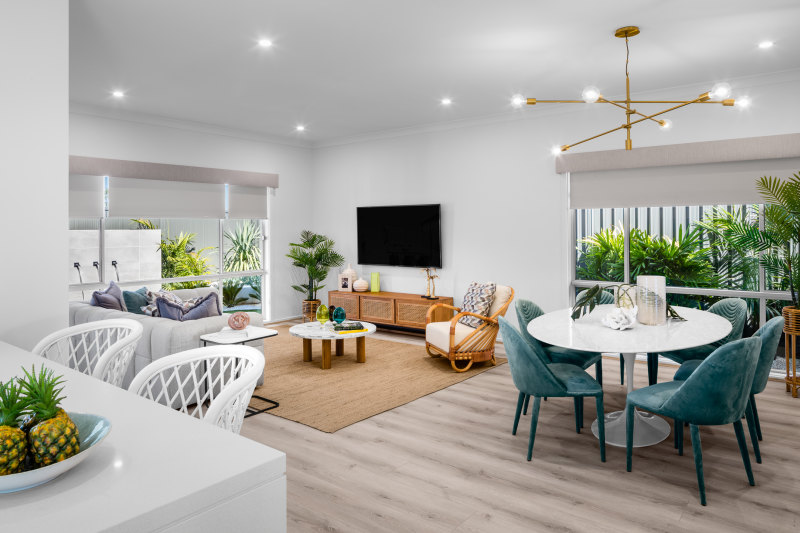
Modelling on the forecast cost impact is due out this week and is likely to show an average capital cost of $2200 per new build.
Homeowners also save money on their energy bills over time, and Rooney said owners could expect that for every dollar they spent, they would get $1.30 back over the long term.
NSW modelling this week found energy bills for new high-rise apartments in suburban Sydney could fall $150 a year, and $720 for homes in western Sydney under the change.
A 2019 study by sustainability consultants Renew found the payback period for choosing a seven-star home with solar in Melbourne over a six-star home was less than five years.

Building scientist Jenny Edwards, director of Light House Architecture and Science, said that in some cases it costs no more to move from six to seven stars.
She has seen owners fall in love with a design, build it on their block without thinking about the orientation, and realise the only way to make it more energy-efficient is to throw cash at it such as by upgrading insulation.
Instead, she says, it makes more sense to consider the initial design, place most of the windows on the north side, and shade any western windows with retractable blinds or landscaping.
“None of it’s rocket science, it’s really basic stuff,” Edwards said.
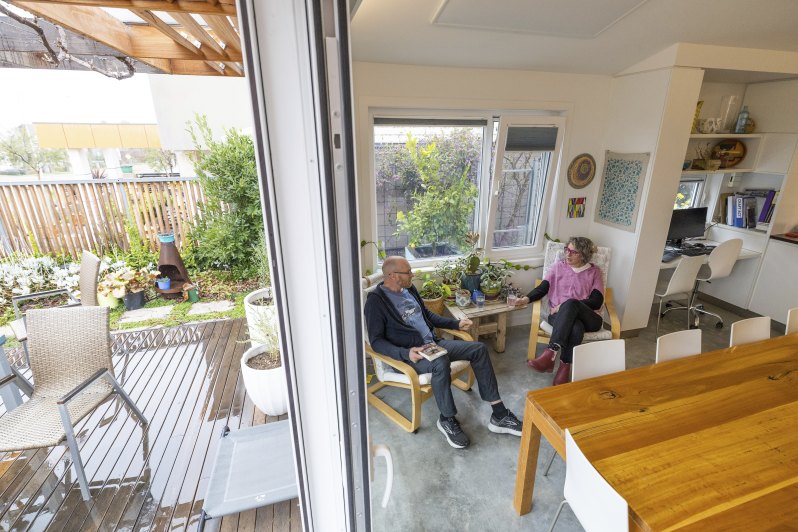
“It’s quite easy to achieve seven stars in most of Australia. Tasmania will be the biggest challenge, and the ACT and Victoria.”
Her own home in Canberra is 8.2 stars, and Edwards could have paid the same amount for a six-star project home but was able to reduce its energy needs by designing the four-bedroom home to be slightly smaller and more space-efficient.
She said there would be some cases where upgrading from cheap single-glazed windows to double-glazing could cost as much as $15,000, but many owners would not need to do that.
Property Council of Australia chief executive Ken Morrison backed the change, saying it would cut energy bills and that some upfront costs would reduce quickly.
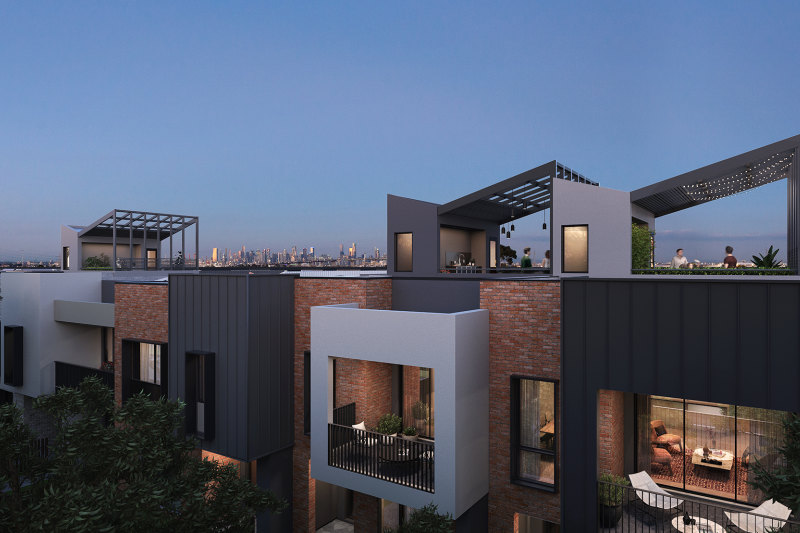
“The glazing that you’re allowed under existing regulations are less expensive than the glazing you’ll need under this, but once the supply of those products becomes the norm, the unit price of those products will also go down,” he said.
Morrison called for better quality rating tools to help homeowners understand how efficient their houses are, and for incentives to promote better quality buildings.
“Why not pay less stamp duty if you’ve got a more energy-efficient house,” he said.
RMIT senior lecturer in the school of property, construction and project management Nicola Willand said the change would help renters, as well as owners, but warned that even seven stars is less than other countries have achieved.
She encouraged new homeowners to push the energy performance of their build beyond seven stars if possible, as the climate gets warmer.
“It’s that envelope which needs to be as good as possible when you build because that will be locked in for decades,” she said.
“You can always change the kitchen after five years or 10 years, but changing the building means opening up the walls.”
We recommend
We thought you might like
States
Capital Cities
Capital Cities - Rentals
Popular Areas
Allhomes
More
